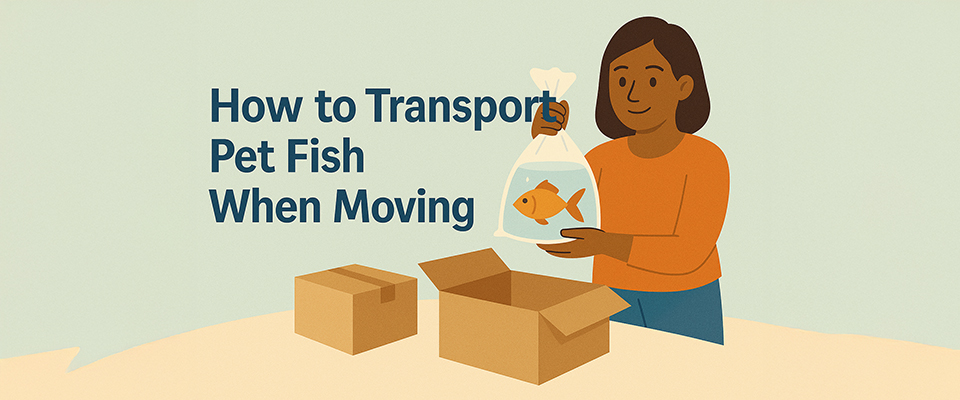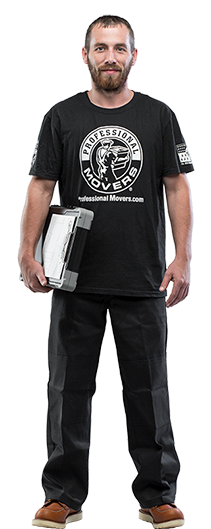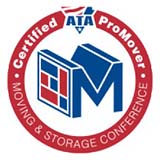
Moving homes with aquatic pets presents unique challenges that many homeowners aren’t prepared for. Unlike cats and dogs, fish require special handling during relocation to prevent stress and health issues. Working with professional movers in Walled Lake who understand these sensitivities can make a significant difference in your fish’s survival rate during transit. This guide outlines the essential steps to safely transport your aquatic friends, from preparation to final setup at your new location, ensuring they arrive healthy and ready to thrive in their new environment.
Gather Necessary Supplies
Let’s gather all the essential supplies needed for safely transporting fish during a move. Start with sturdy plastic bags specifically designed for fish transportation—these should be new, clean, and spacious enough for comfortable fish movement. You’ll need a reliable aquarium air pump to maintain oxygen levels during the journey, with a battery-operated version serving as backup in case power isn’t available. Water conditioner is crucial for treating the water in transportation bags and the tank upon arrival. Don’t forget a gentle fish net for catching, towels for inevitable spills, and a dark cover to minimize stress by reducing light exposure during transport.
Prepare the Fish Tank
Thoroughly preparing your fish tank before moving day is essential for ensuring a safe journey. Begin by removing all decorations, plants, and accessories from the tank, keeping them moist with aquarium water to preserve beneficial bacteria. Next, siphon about one-third of the tank water into clean containers for later use. Carefully catch the fish and place them in a separate container with some of their familiar tank water. Secure the tank lid with tape to prevent spillage. Empty the remaining water without disturbing the substrate too much. Finally, pack the tank in a sturdy box with ample padding to protect it from damage during transport.
Safely Catch and Bag the Fish
Catching and bagging fish requires patience and gentle handling to minimize stress. Use a soft net to carefully scoop each fish from the tank individually. Follow these expert tips for the best results:
- Move Slowly: Avoid quick movements that might frighten the fish.
- Use Dim Lighting: Lower the lights to reduce fish stress during catching.
- Prepare Bags First: Have transport bags ready before starting to catch fish.
- Keep Fish Underwater: Maintain water coverage during the entire catching process.
- Verify Bag Security: Double-check all seals to prevent leaks during transportation.
Transporting the Fish
Creating a stable environment during transport is critical for fish survival. Place the sealed bags inside an insulated cooler to maintain consistent temperature. Avoid jarring movements or rough handling that can cause stress. Keep the cooler away from direct sunlight while ensuring proper ventilation for oxygen circulation. For longer journeys, consider using battery-operated air pumps or oxygen tablets to maintain water oxygenation. Monitor temperature regularly and make necessary adjustments. Since transportation is inherently stressful for fish, minimize disruptions and provide the calmest possible conditions to ensure they arrive safely at your new home.
Acclimate Fish to New Tank
Proper acclimation to the new tank environment prevents shock and helps fish adjust smoothly to different water conditions. Follow these five key steps for effective acclimation:
- Float the sealed fish bags on the tank surface for 15-20 minutes to equalize temperatures.
- Gradually add small amounts of new tank water into the bag every 5 minutes.
- Test and compare the temperature and pH levels between the bag and tank water.
- Use a net to gently release the fish into the tank, avoiding transfer of old bag water.
- Watch fish closely for signs of distress or unusual behavior during the first 48 hours.
Related Topics:
How to Pack Mugs for Moving: Tips for Safe Transport
Get Your Move Estimate
Professional Movers.com believes in complete transparency. We have no hidden fees with our pricing. Fill out our simple, online form and one of our Moving Consultants will reach-out to learn more about your move, answer your questions, and provide you with an accurate estimate.

"*" indicates required fields











